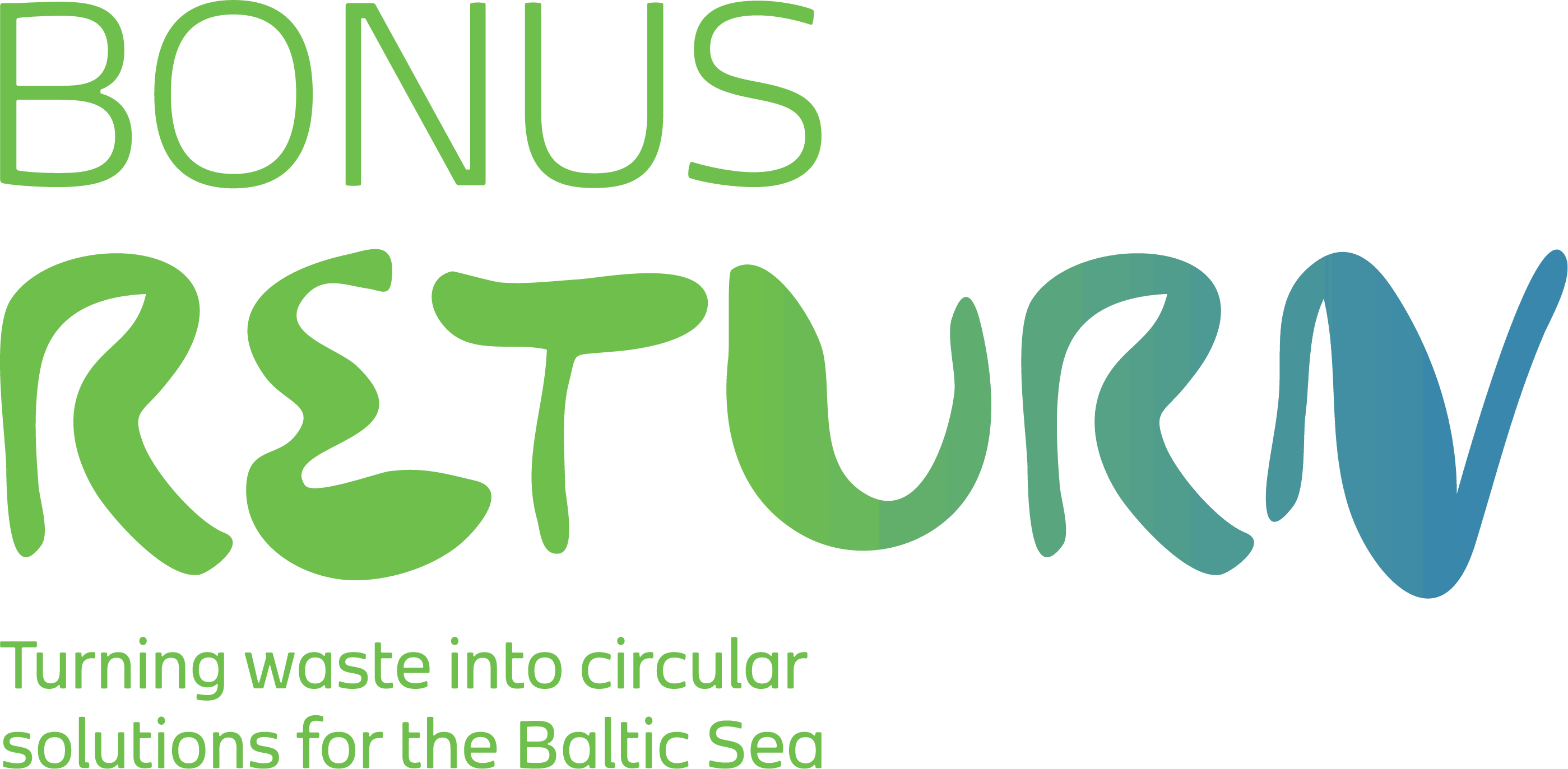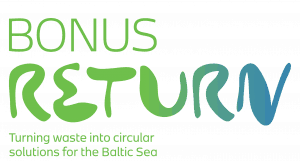Authors: Marcus Ahlström (RISE), Solveig Johannesdottir (RISE), Erik Kärrman (RISE)
EXECUTIVE SUMMARY
The purpose of this manual is to lay out a basic step-by-step process for how to conduct a general sustainability analysis by applying multi-criteria analysis (MCA).
The manual is not intended to be a complete resource for how to conduct a general multi-criteria analysis. This manual focuses on the use of multi-criteria analysis as a tool for sustainability analysis of ecotechnologies in the resource recovery context (recovery of nitrogen, phosphorus and organic carbon) from waste and by-products from wastewater and agricultural sectors.
The sustainability analysis method applied within BONUS RETURN consists of the following eight steps, all of which are described in further detail in later sections of the manual:
- Goal and scope definition
- Selection of criteria
- Selection of alternatives
- Analysis and evaluation
- Scoring
- Weighting
- Interpretation of results
- Sensitivity analysis
Transparency, simplicity and ease of use are important factors to consider in order to increase the acceptance of the results that arise from applying any decision support method. This is particularly important when there is a risk of conflicting interests arising from involving a diverse group of stakeholders. The method applied within BONUS RETURN is relatively simple to apply and intuitive to understand which adds to the method’s transparency and usability.
If implemented correctly, multi-criteria analysis can become an effective tool for communication not only within a group of decision makers but also when disseminating results to a greater group of stakeholders.
It is important to keep in mind that a sustainability analysis is context specific and an alternative or solution that is found to be the most sustainable in one setting, area or region might be unsuitable to apply in another. This can be due to different local needs and variations in attitudes towards different aspects or trade-offs that come with specific solutions. As previously stated, sustainability is multi-dimensional and requires multi-disciplinary input for a fair assessment. There is rarely a “one-size fits all” solution to a specific challenge.
In order to make the manual more understandable parts of the Vantaanjoki case study from Del. No 3.3 by Johannesdottir et al. (2019) was included as an example to walk through the steps of the manual. This case study was carried out during the years 2018-2019 with focus on recycling of substrates from the agricultural sector with an addition of source separated blackwater from scattered settlements (on-site sewage systems).

